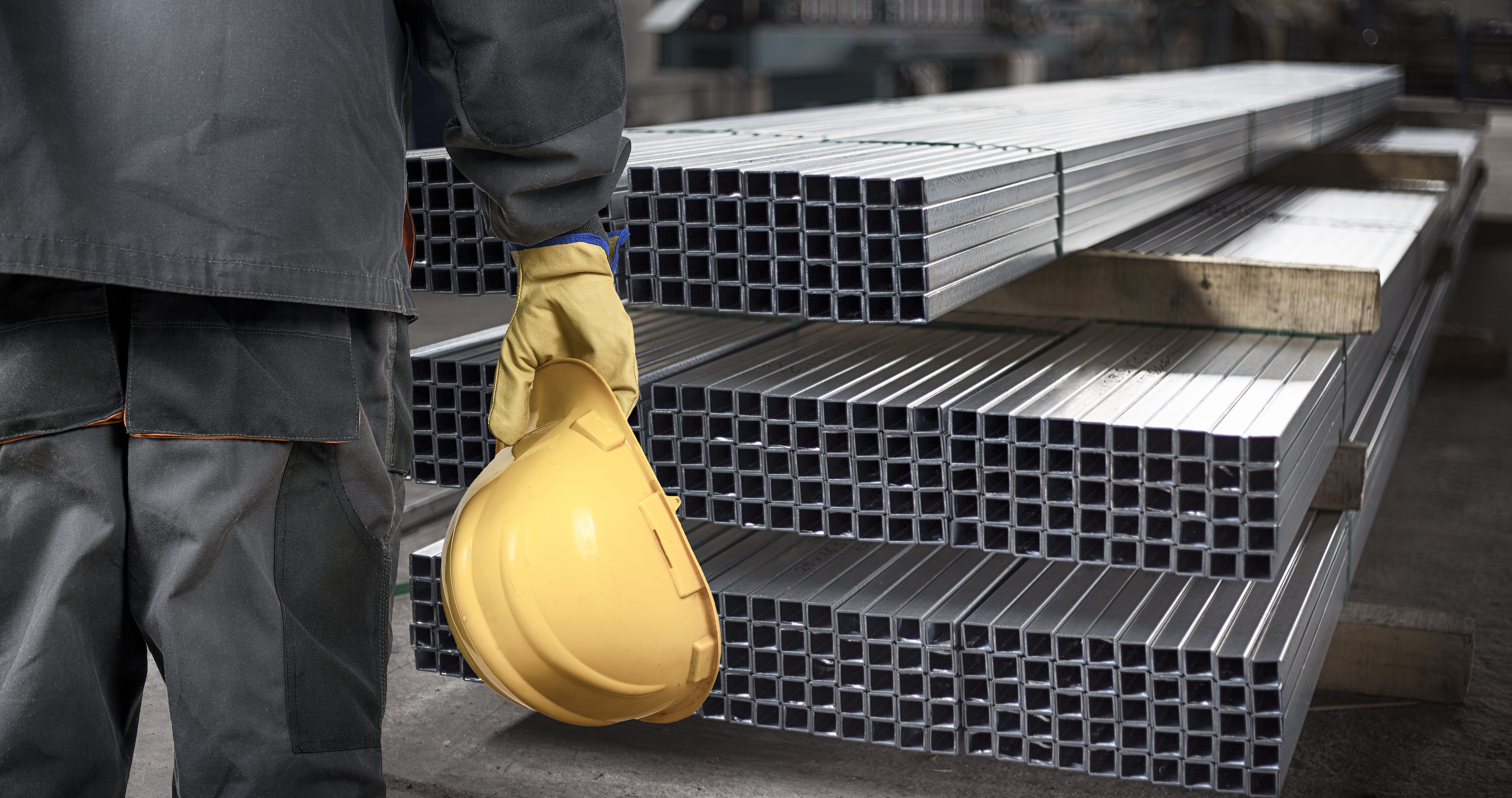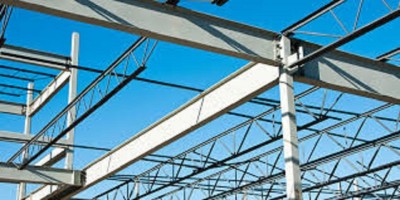Cutting-Edge Metal Fabrication Melbourne: Personalized Solutions for Every Project
Cutting-Edge Metal Fabrication Melbourne: Personalized Solutions for Every Project
Blog Article
Comprehensive Analysis of Cutting-Edge Techniques in Steel Manufacture Sector
As the steel manufacture sector proceeds to advance, the integration of innovative techniques has actually become essential for staying affordable and satisfying the needs of contemporary manufacturing criteria. In this vibrant market where technology plays a pivotal function, comprehending the subtleties of these advanced methods is not simply an option yet a need for those looking to create ahead in the ever-evolving world of steel fabrication.
Laser Reducing Developments
In the world of steel construction, laser cutting advancements have actually changed the accuracy and efficiency of steel shaping processes. By taking advantage of the power of concentrated laser beam of lights, manufacturers can now accomplish unmatched degrees of precision when reducing through various kinds of steels. This technology makes it possible for elaborate styles to be carried out with marginal material waste, making it an economical remedy for sectors needing high accuracy elements.
One of the vital advantages of laser cutting is its ability to take care of a broad range of products, including stainless-steel, aluminum, and carbon steel, easily. The process produces tidy, burr-free edges, removing the need for added completing steps. In addition, the non-contact nature of laser reducing lowers the danger of material contamination, resulting in higher top quality final product.
Additionally, laser reducing machines can be set to make swift, precise cuts, significantly decreasing production time compared to conventional cutting techniques. This speed and accuracy make laser cutting particularly appropriate for automation environments where efficiency is vital. As technology remains to development, laser cutting is positioned to play a significantly vital function in the steel manufacture industry.

CNC Machining Innovations
The development of CNC machining technologies has actually ushered in a new age of precision and efficiency in the steel fabrication sector. Computer System Numerical Control (CNC) devices have changed steel fabrication by using unparalleled precision and repeatability in the manufacturing process. steel fabricators melbourne. Among the key technologies in CNC machining is the integration of innovative software program systems that enable real-time tracking and modifications, leading to enhanced efficiency and quality control
Additionally, the advancement of multi-axis CNC machines has actually permitted for the manufacture of complex steel components with detailed designs that were previously challenging to produce. These machines can perform a large range of machining procedures, consisting of milling, exploration, transforming, and grinding, all with high levels of accuracy.
In addition, the unification of automation and robotics in CNC machining has streamlined production procedures, reduced preparations, and lessened the margin of error. This integration of innovative modern technologies not just enhances performance however likewise makes sure regular top quality throughout all made steel components. To conclude, CNC machining advancements remain to drive innovations in the steel fabrication sector, setting brand-new requirements for accuracy and productivity.
Automated Welding Technologies
Automated welding modern technologies have actually revolutionized the steel fabrication sector, boosting effectiveness and accuracy in the welding procedure. These advanced technologies make use of computer-controlled systems to automate the welding process, resulting in greater efficiency degrees and enhanced weld quality. One of the crucial benefits of automated welding is the capability to perform complex welds with consistent accuracy, lowering the probability of errors and revamp.
Robot welding systems are at the leading edge of automated welding technologies, providing exceptional speed and precision. These systems can deal with a variety of welding tasks, from simple to complex, effortlessly (steel fabricators melbourne). By using innovative sensors and software application, robot welders can adjust to variations in product and joint geometry, guaranteeing an attire and reputable weld
In addition, automated welding innovations enhance office safety and security by lessening the direct exposure of human welders to hazardous fumes and intense heat. As the steel construction industry remains to advance, including automated welding innovations will certainly be crucial for firms looking to stay competitive and fulfill the growing demands for premium bonded products.
Robotics Assimilation in Manufacture
Using robot systems in construction procedures has come to be a pivotal technique for improving efficiency and accuracy in modern-day manufacturing environments. Robotics integration in steel construction supplies a myriad of advantages, consisting of boosted efficiency, boosted quality assurance, and improved precaution. These innovative robot systems are outfitted with advanced sensors and programming capabilities, enabling them to perform complex jobs with a high degree of accuracy and repeatability.
Among the key benefits of robotics integration in steel construction is the capability to automate recurring tasks, such as product handling, cutting, welding, and assembly processes. This not just accelerates production cycles but also reduces the threat of human error, resulting in higher total item high quality. In addition, robotics can operate 24/7, significantly boosting production output and conference limited project deadlines.

3D Printing in Steel Manufacturing
Having revolutionized the steel manufacture market through robotics assimilation, the expanding expedition of 3D printing in steel manufacturing is positioned to more advancement the realm of modern-day production methods. 3D printing, likewise referred to as additive production, provides unmatched design liberty and intricacy, allowing the creation of elaborate steel structures that were previously unattainable via traditional manufacturing methods. By utilizing computer-aided layout (CAD) software program, producers can specifically control the layer-by-layer deposition of steel material, resulting in components with boosted functionalities and geometries.
One of the vital advantages of 3D printing in steel production is its ability to reduce product waste significantly. Unlike subtractive manufacturing processes where excess product is cut away, 3D printing just uses the required amount of steel required for the last component. This performance not only causes set you back financial savings yet also straightens with sustainable manufacturing practices by reducing ecological influence.
In addition, 3D printing allows quick prototyping and personalization, permitting the production of little sets of complex steel components with short lead times. As the technology proceeds to mature and come to be a lot more easily accessible, its assimilation into mainstream steel fabrication processes is anticipated to drive technology and performance throughout the industry.
Final Thought
In verdict, the steel construction industry has seen substantial advancements in strategies such as laser cutting, CNC machining, automated welding, robotics integration, and 3D printing. These cutting-edge modern technologies have transformed the way steel products are manufactured, bring about increased efficiency, accuracy, and cost-effectiveness. Continued financial investment in these ingenious strategies is essential for the industry to remain affordable and satisfy the demands of modern manufacturing processes.
As the steel construction sector proceeds to progress, the assimilation of sophisticated methods has ended up being vital for staying affordable and meeting the demands of modern-day manufacturing requirements.One of the vital benefits of laser cutting is its capacity to deal with a large variety of materials, consisting of stainless steel, aluminum, and carbon steel, with ease.Automated welding modern technologies have transformed the steel fabrication sector, improving efficiency and accuracy in the welding procedure.Having actually transformed the steel construction market with robotics combination, the growing expedition of 3D printing in steel manufacturing is poised to more breakthrough the realm of modern manufacturing methods.In conclusion, the steel manufacture market has actually seen substantial advancements in strategies such as laser cutting, CNC machining, automated welding, robotics assimilation, and 3D printing.
Report this page